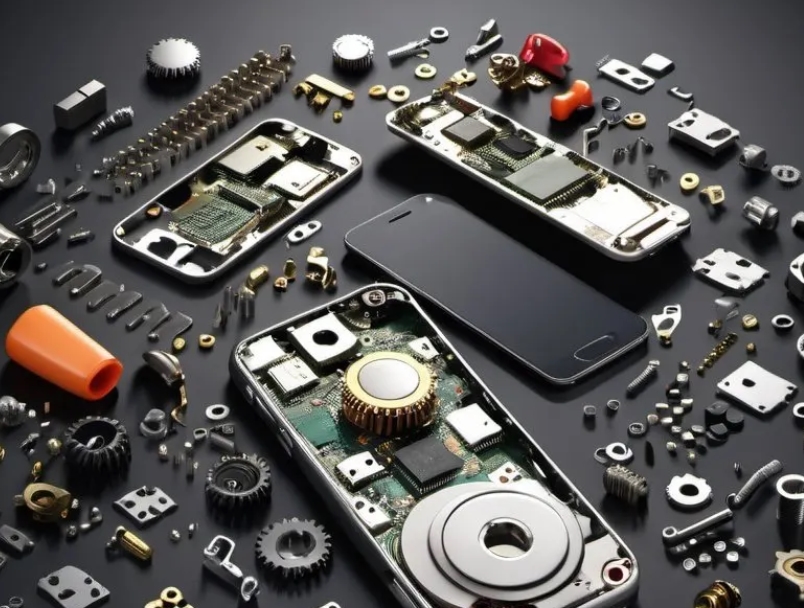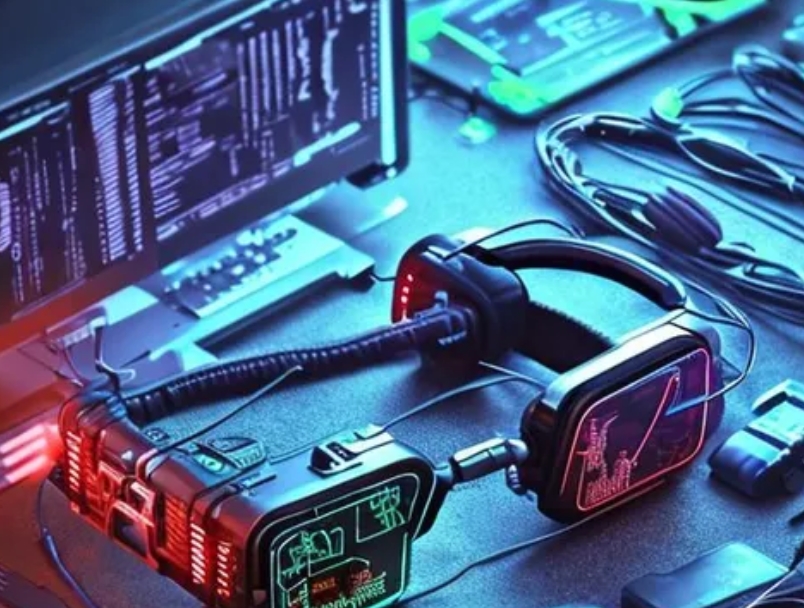
Tired of scrolling through endless laptop specs? We got you. This guide is the cheat code to finding your dream machine. Whether you're grinding assignments, creating content, or dominating in games, learn how to snag a laptop that totally slaps. No cap, your perfect tech match is just a click away.
Determine Your Primary Use
General Use/Web Browsing
- Minimal requirements: dual-core processor, 4GB RAM, 128GB SSD
- Recommended: Intel Core i3/AMD Ryzen 3, 8GB RAM, 256GB SSD
Student/Office Work
- Recommended: Intel Core i5/AMD Ryzen 5, 8GB RAM, 256GB SSD
- Consider: long battery life, lightweight design
Content Creation (Photo/Video Editing)
- Recommended: Intel Core i7/AMD Ryzen 7, 16GB RAM, 512GB SSD, dedicated GPU
- Consider: color-accurate display, Thunderbolt ports
Gaming
- Recommended: Intel Core i7/AMD Ryzen 7, 16GB RAM, 512GB SSD or 1TB HDD, high-end GPU
- Consider: high refresh rate display, efficient cooling system
Business/Professional
- Recommended: Intel Core i5/AMD Ryzen 5, 16GB RAM, 512GB SSD
- Consider: security features, durability, professional appearance
Key Specifications to Consider
Processor (CPU)
- Entry-level: Intel Core i3, AMD Ryzen 3
- Mid-range: Intel Core i5, AMD Ryzen 5
- High-end: Intel Core i7/i9, AMD Ryzen 7/9
RAM (Memory)
- Minimum: 4GB
- Recommended: 8GB
- Power users: 16GB or more
Storage
- SSD for faster performance
- 256GB minimum, more for storing large files
- Consider dual storage (SSD + HDD) for balance of speed and capacity
Display
- Size: 13" (portable) to 17" (desktop replacement)
- Resolution: Full HD (1920x1080) minimum, 4K for content creation
- Consider: touch screen, color accuracy, refresh rate
Graphics
- Integrated: Sufficient for general use
- Dedicated: Necessary for gaming and intensive graphic work
Battery Life
- Aim for 8+ hours for portability
- Consider power bank compatibility
Ports and Connectivity
- USB-A and USB-C ports
- HDMI for external displays
- Consider: Thunderbolt, SD card reader, Ethernet
Operating System
- Windows: Most common, wide software compatibility
- macOS: User-friendly, integrates well with other Apple devices
- Chrome OS: Light, web-centric, good for basic tasks and education
Form Factor
- Traditional Laptop: Balance of performance and portability
- 2-in-1 Convertible: Versatile, doubles as a tablet
- Ultrabook: Thin and light, focus on portability
- Gaming Laptop: Powerful, often bulky
- Workstation: High-performance for professional applications
Budget Considerations
- Entry-level: $300-$600
- Mid-range: $600-$1000
- High-end: $1000-$2000+
- Premium/Specialized: $2000+
Additional Factors
- Brand Reputation and Support: Consider warranty and customer service
- Build Quality: Look for durable materials like aluminum or carbon fiber
- Upgradability: Check if RAM or storage can be upgraded later
- Keyboard and Touchpad: Ensure comfort for long typing sessions
- Weight: Important for frequent travelers
Making the Decision
- List your must-have features
- Set a budget range
- Read professional reviews and user feedback
- Try out laptops in person if possible
- Consider future-proofing for longevity
Remember, the perfect laptop balances performance, portability, and price according to your specific needs. By carefully considering these factors, you can make an informed decision and choose a laptop that will serve you well for years to come.
american-boffin.com
bfbchamp.com
democraticcoma.com
tigrepelvar.com
charpoles.com
derbywheelblazers.com
fansfocus.net
guildnow.com
hediyeteyze.com
isprimecdn.com
kiira-korpi.net
manutd24.com
mediumtylerhenry.com
mishanghai.org
savethreestrikes.com
smilesbydavis.com
10puntos.net
band-shirt.com
icelandtrails.com
paulmarioday.com
thefunnynanny.com
Dave Tries Ballet
Buon Grande
Criacao Sites
Perry Perkins Books
Writing Essay in AU
Ka Soku
Blood is Blood Movie
Eleanor Writes Things
The Happy Prince Beirut
Town of Witless Bay
Online Igrovoi Club
Trigeminal Neuralgia - Ronald Brisman MD
Chocolate City Burlesque
Advanced Electric Scooters
W Tougei
Breadboard Maniac
Takasu App



